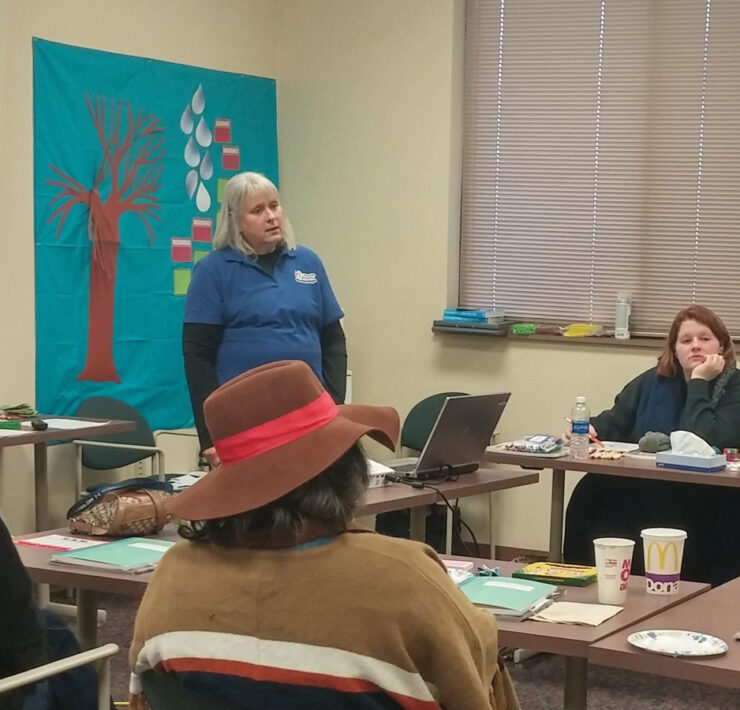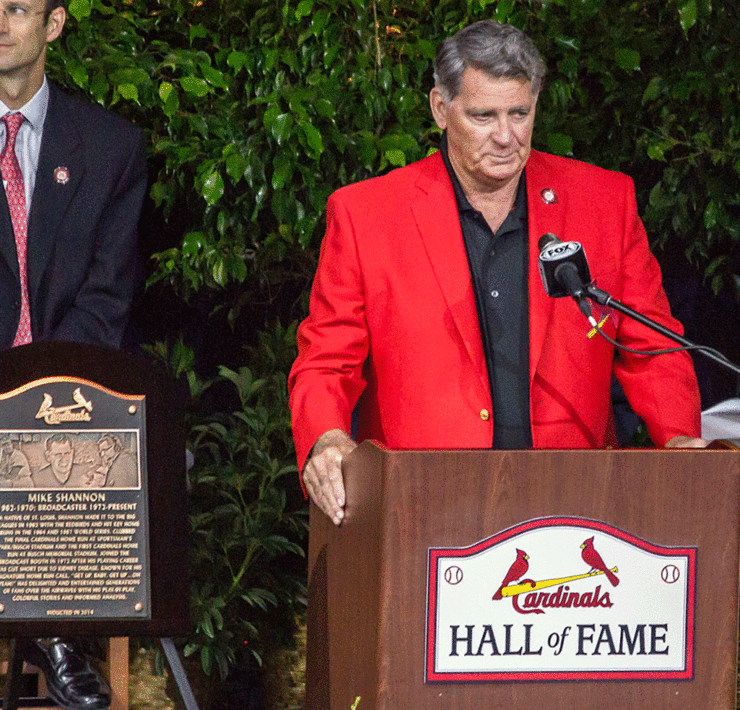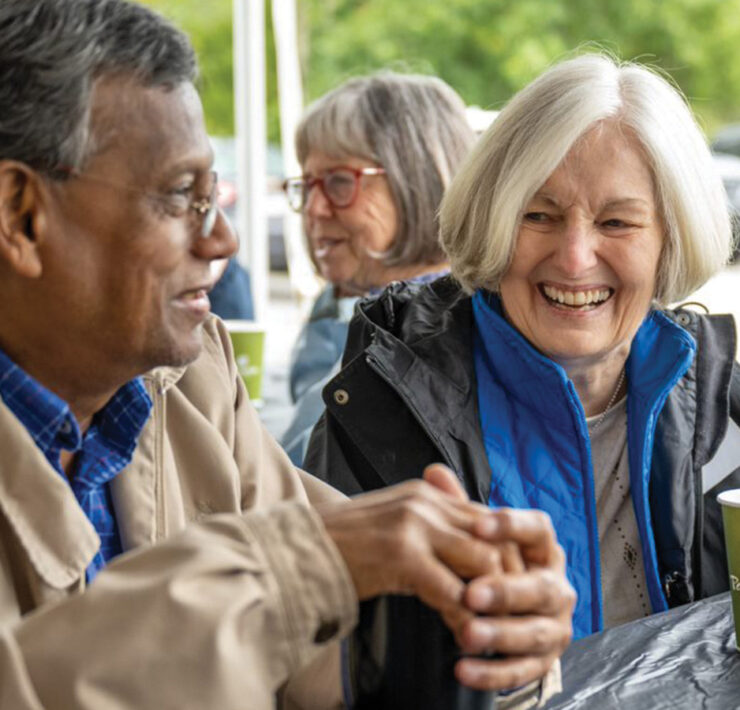410 S. Sixth St.
Although it hasn’t housed the University of Missouri’s Student Health Center in more than a decade, the building at 410 S. Sixth St. on the west side of MU’s campus is still known simply as “Old Student Health Center” on university maps.
The building’s façade bears no signage, but today it houses parts of MU’s College of Engineering. Faded window paintings of shamrocks, the symbol of engineering, decorate its main doors.
The Old Student Health Center was designed in 1935 and constructed in 1936 by St. Louis-based architectural firm Jamieson and Spearl. The firm was also behind a number of storied MU spaces, including Memorial Union, Faurot Field and Elmer Ellis Library.
Columbia’s history in the health care industry dates to the early 1900s; the health center was connected to two hospitals. Prior to constructing the health center, in 1922 Jamison and Spearl worked on Noyes Hospital, which sat in front of the center. Before Noyes, Parker Memorial Hospital was designed by Thomas Nolan, a Columbia-based architect, and constructed in 1889. The space became MU’s first teaching hospital in 1901. The hospitals were absorbed into the new University Hospital in 1956, but MU still uses the buildings, now called Noyes Hall and Parker Hall, to house parts of the psychology department and the MU Counseling Center.
Between 1945 and 1947, MU’s student body more than doubled as veterans returned from World War II. The pre-war student body hovered around 4,000 but swelled to 11,000 by the 1946-47 academic year. To accommodate the influx of students, MU acquired temporary housing from the federal government, including building T-18, a dome-shaped war surplus barrack that sat between the Old Student Health Center and McAlester Hall.
MU’s Design Services, a division under the umbrella of MU Campus Facilities, conducted a 1962 repair to the building’s bricks, mortar and caulking. By then, Jamieson and Spearl had shuttered, but it outlasted its founders’ deaths and oversaw a 1953 renovation of Jesse Hall.
Nestled behind Noyes Hall and Parker Hall, the health center was small and difficult for many students to find. Its pharmacy closed in 2001, which required students who wanted to fill prescriptions on campus to trek to University Physicians Medical Building’s first-floor pharmacy, located at 1020 Hitt St. on the other side of campus.
The center itself moved to the fourth floor of the medical building in December 2002 and began taking students there in January 2003.








